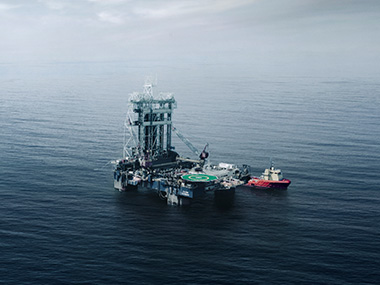Singapore
The Asian LSFO market is expected to see modest support this week with reduced arbitrage arrivals from the West in the second-half of September, potentially easing the recent oversupply.
The Asian HSFO market remains supported by steady downstream bunker demand, but lower Middle East power generation demand may boost exports and add to regional supplies.
The Asian gasoil market may see ease on expectations of rising supply. Gasoil stocks and exports from Singapore have increased, signalling stronger regional availability.
ARA
We see Ice gasoil discounts strengthening since last week. HSFO and VLSFO a bit tighter avails if prompt.
Fujairah
Due to barge capacity reducing in the UAE bunker market the over supply situation is not as heavy which has seen supplier schedules push out. Currently 7 days lead time on inq.
The availability could tighten further on the back of the UAE blockade of all Sudanese commodities and cargoes until further notice meaning reduced crude entering.
HSFO remains balanced with a lead time of 5-7 days.
Houston
Port operating conditions are normal. Some minor delays seen at loading terminals due to congestion. Delays typically not exceeding 1-2 days. Recommending additional lead time for HSFO due to barge congestion. Hurricane season to run though end of October. Extra attention to forecasts and potential weather delays is advised.
New York
Port looks quiet on spot. Contract demand for .5 is very heavy into Q1 2026.
Panama
Port looks quiet on spot. Contract demand for .5 is very heavy into Q1 2026.
Port Louis
Slow demand in Port Louis the last week. The major news is from the port authorities permitting bunkers to be supplied into fishing vessels' storage holds if requested.
Durban
Steady remand in Durban last days, with regular VLSFO demand. HSFO and LSGO (by truck) remains quiet.
Walvis Bay
Tight avails remain on HSFO and VLSFO stocks, with suppliers struggling to get cargoes timeously. Delays remain.
For port availability and demand, download the full report here.












